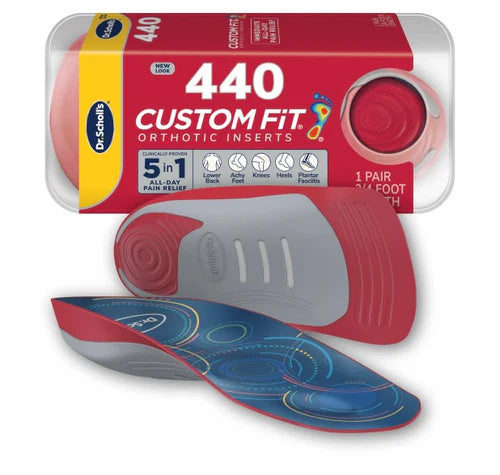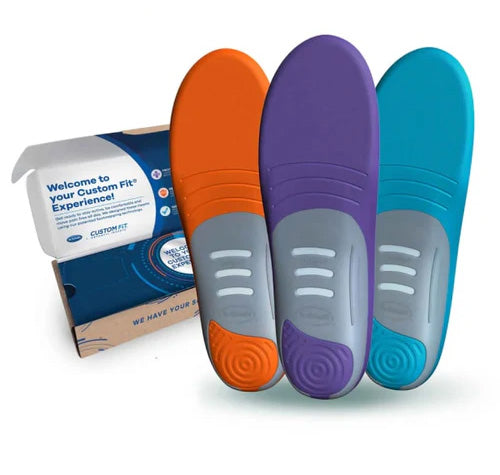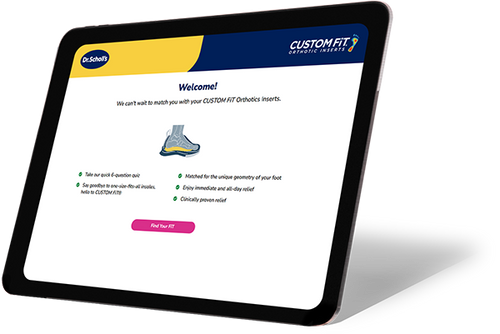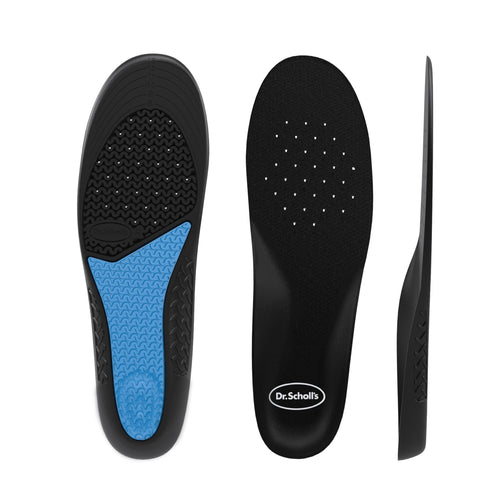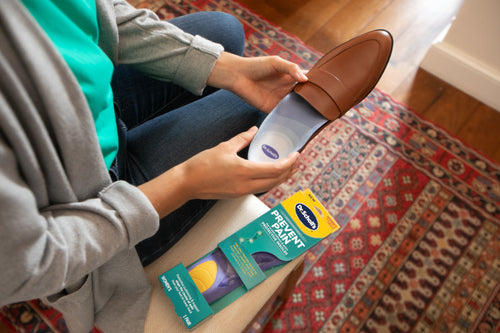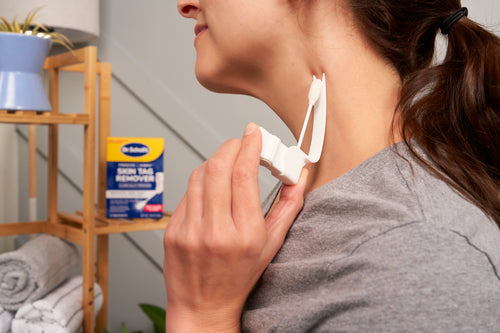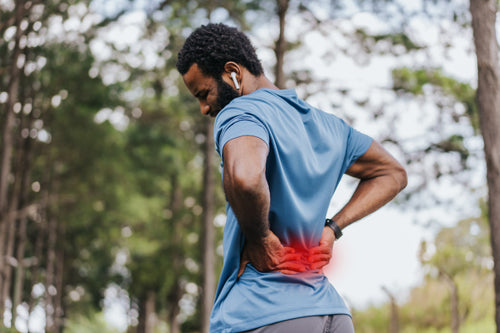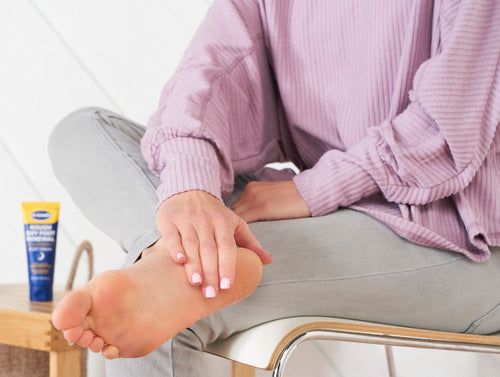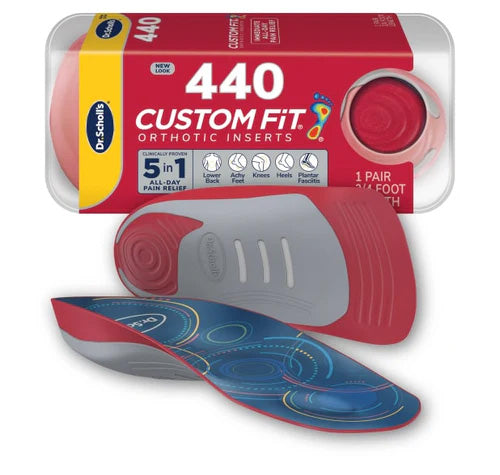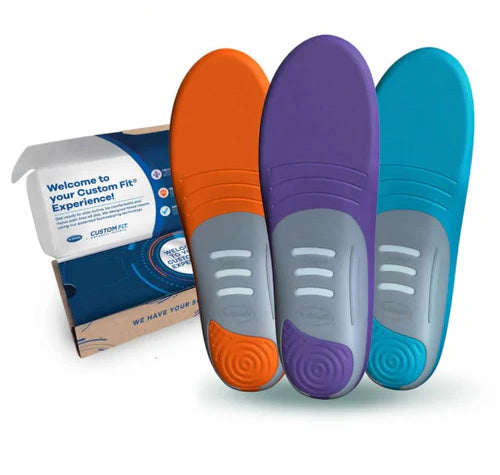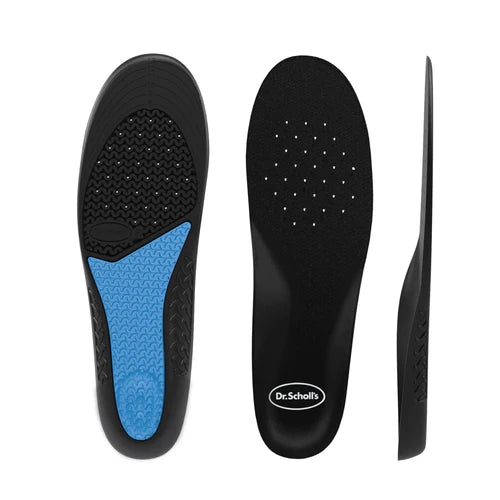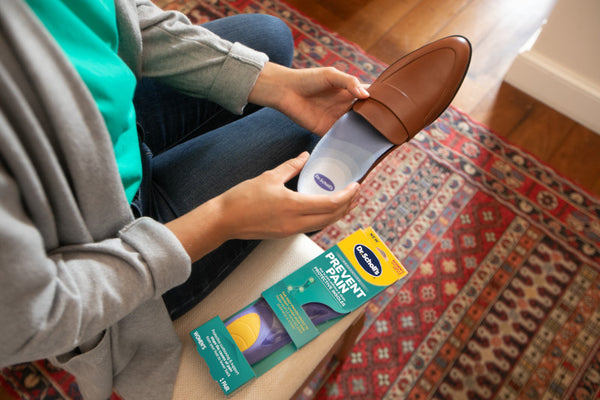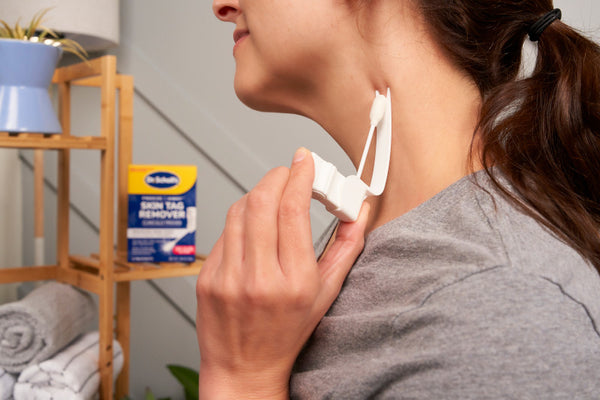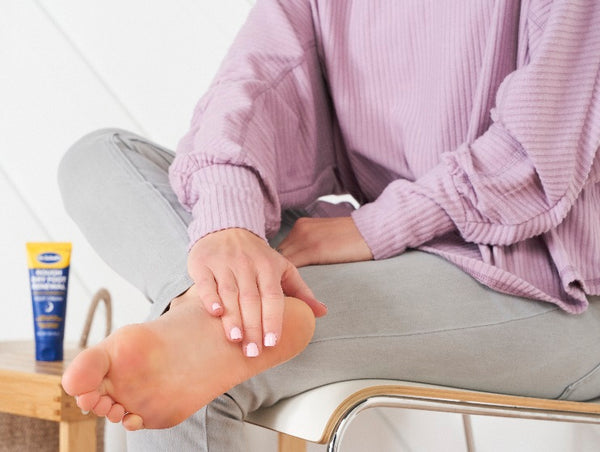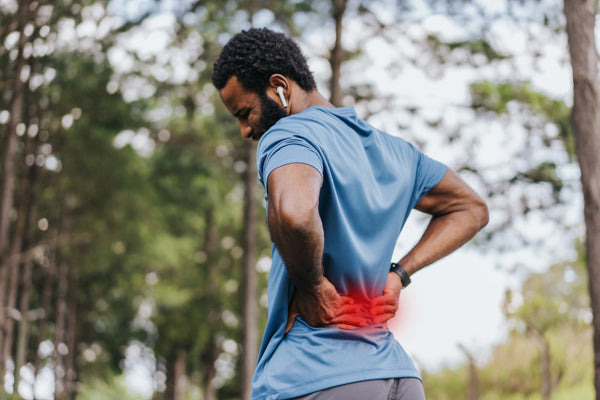Corns on the feet are bumps that consist of thick, hardened layers of skin. They tend to form on bony areas of the feet, especially on the tops and sides of toes. Some foot corns have a hard center, also called a core. The bumps are typically round and relatively small. Friction and pressure on the feet are the most common causes of corns. Wearing shoes that slip and rub against the skin on the feet can result in a corn. Shoes that squeeze the feet can also cause corns.
There are three different types of corns:
- Hard corns are the most common type of foot corn. As the name suggests, hard corns feel hard to the touch. They form most often on the tops of toes.
- Soft corns are pliable and soft to the touch. They usually form between toes.
- Seed corns are very small and typically form on the soles of feet.
Contrary to popular belief, corns are not the same thing as calluses although the two are often confused. While both corns and calluses form because of friction and pressure, and both consist of hardened skin, there are some key differences.
- Calluses are more common on the soles of the feet while corns are more common on the tops and sides of the toes.
- Calluses tend to be large, covering a significant area of the sole of the foot. Corns, on the other hand, tend to be small.
- Corns are often painful to the touch while calluses aren’t usually tender or sensitive.
- There’s often inflammation on or around a corn while calluses don’t usually become inflamed.

